Relief at Your Fingertips: Exploring Reflexology for Dry Eyes
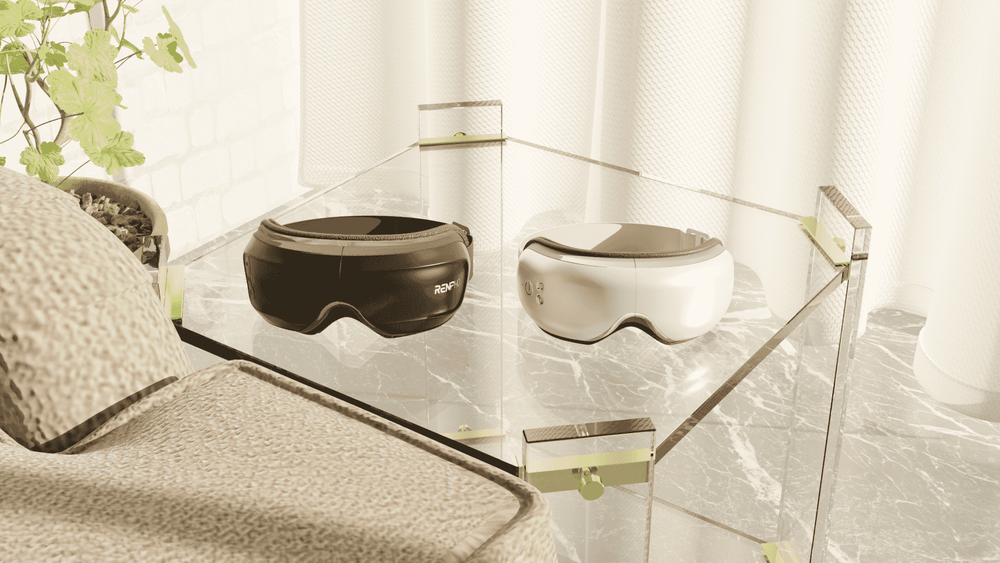
Stay tuned to our latest news
Dry eyes are a common condition that affects many people, especially those who spend a lot of time in front of screens, in dry or windy environments, or have certain health issues. Dry eyes can cause symptoms such as burning, itching, redness, blurred vision, and sensitivity to light. While there are various treatments available, such as artificial tears, eye drops, or medications, some people may prefer a more natural and holistic approach to relieve their dry eyes. One such method is reflexology, which is a type of massage that applies pressure to specific points on the body to stimulate healing and balance.
Reflexology is based on the principle that the body is divided into zones and areas that correspond to different organs and systems. By massaging these areas, reflexology can help improve blood circulation, reduce stress, and promote wellness. Reflexology can also be applied to the eyes, as there are several acupressure points around the eyes that are linked to the health and function of the eyes. By massaging these points, reflexology can help stimulate the production of natural tears, lubricate the eyes, and ease the discomfort of dry eyes.
In this article, we will explore the benefits of reflexology for dry eyes, how to locate and massage the acupressure points for the eyes, and some tips and precautions to follow when practicing reflexology. Read on to learn how to massage your eyes for natural relief from dryness and irritation.
Is Reflexology a Complementary Therapy?

Reflexology is a complementary therapy that involves the application of pressure to specific points on the feet, hands, or ears. These points are believed to correspond to different organs and systems within the body, and by stimulating them, the body's natural healing processes can be activated. Reflexology has been used for centuries in various cultures around the world and is often sought after as a natural and holistic approach to wellness.
One area of health where reflexology has shown promise is in the treatment of dry eyes. Dry eyes can be a chronic and uncomfortable condition that occurs when the eyes do not produce enough tears or when the tears evaporate too quickly. Reflexology for dry eyes involves targeting specific reflex points on the feet or hands that are connected to the eyes and the surrounding structures. By applying pressure to these points, reflexologists aim to improve blood circulation, reduce inflammation, and stimulate the body's natural tear production.
Moreover, reflexology for dry eyes may also involve incorporating relaxation techniques to reduce stress and tension. Stress and tension can exacerbate dry eye symptoms, so by promoting relaxation and reducing overall stress levels, reflexology can help improve the overall health and function of the eyes.
Could It Be an Alternative Treatment?

Reflexology is a non-invasive alternative treatment that has been gaining popularity in recent years for its ability to promote overall health and well-being, including the health of our eyes.
Reflexology is based on the concept that there are specific points on the hands, feet, and ears that correspond to different organs and systems within the body. By applying pressure to these points, reflexologists believe that they can help to stimulate the body's natural healing process and promote balance and wellness. When it comes to dry eyes, reflexologists focus on specific points that are believed to help stimulate the tear glands and improve overall eye health.
One of the key benefits of reflexology for dry eyes is its ability to improve circulation and promote relaxation throughout the body, including the eyes. By targeting specific reflex points that are thought to be connected to the eyes, reflexologists believe that they can help to relieve tension and promote the flow of blood and other essential nutrients to the eyes, which can be particularly beneficial for those suffering from dry eyes.
Additionally, reflexology for dry eyes can also help to reduce inflammation and stimulate the body's natural healing response. By focusing on specific reflex points that are thought to be connected to the immune system and the eyes, reflexologists believe that they can help to alleviate the symptoms of dry eyes and promote overall eye health.
If you are considering trying reflexology for dry eyes, it's important to seek out a qualified and experienced reflexologist who can provide you with a safe and effective treatment. While reflexology can be a beneficial complementary therapy for dry eyes, it should not be used as a substitute for medical treatment or professional eye care. However, when used in conjunction with traditional treatments, reflexology can offer additional support for those suffering from dry eyes.
How to Locate and Massage the Acupressure Points for the Eyes
@renpho Wrap up the year with love and eye recovery– RENPHO Eyeris 3, the perfect gift! 🎀❤️ #RENPHOrenew #RENPHOrecover #RENPHOrelax #blackfridayearlydeals, #blackfriday, #holidaygifts, #holidaygiftseries, #holidaygiftideas, #christmasgifts, #christmasgiftideas, #giftsforhim, #giftsforher, #giftideas, #christmas, #tiktokshop #TikTokShop #merrychristmas #vlogmass #adventcalendar #eatchristmas ♬ original sound - RENPHO
Unless you’re a trained acupuncturist or you’re receiving professional treatments, using your fingertips to massage these points, rather than needles, is an additional way to target these areas. Acupressure or pressure points are specific areas of the body that run along meridians or channels through which the energy in our body flows. These pressure points are rooted in traditional Chinese medicine, which uses them to promote overall wellness. Acupressure is different from acupuncture, which uses needles to treat a variety of health conditions.
While several acupressure points exist on the body, several studies say there are four popular eye acupressure points for eye-related issues. These are:
- Zan Zhu Point: Located along the inner-eye area, next to the nose. The Zan Zhu pressure point is used when trying to relieve red, itchy, or painful eyes, excessive tear production, allergies, headaches, and more.
- Si Zhu Kong Point: Found at the end tip of the brow, away from the eye. Si Zhu Kong is a common point that may help relieve headache and migraine pain, which are common complaints with eye strain.
- Cheng Qi Point: Directly under the eye and center to the eye area. The Cheng Qi pressure point is used to help relieve symptoms of conjunctivitis, eye redness, swelling and pain in the eye, and twitching.
- Yang Bai Point: To the left side of the center of the forehead, just above the left eye. The Yang Bai point may be helpful when trying to relieve headaches, eye twitching, and even glaucoma.
To massage these points, follow these steps:
- Start by washing your hands thoroughly to prevent any bacteria from getting into your eyes.
- Then, warm your eyes by applying a warm compress. You can make a warm compress by first running warm water on a facial towel and then wringing it out.
- Using your index or middle finger, gently massage your closed eyelids in a circular motion for up to 30 seconds. You can repeat this several times. This can help stimulate the meibomian glands and increase tear production.
- Next, massage the Zan Zhu point by applying gentle pressure on the inner corner of your eyes, next to the nose. Massage in a circular motion for up to 30 seconds. You can repeat this several times. This can help relieve eye irritation and inflammation.
- Then, massage the Si Zhu Kong point by applying gentle pressure on the end tip of your brow, away from the eye. Massage in a circular motion for up to 30 seconds. You can repeat this several times. This can help relieve headache and eye strain.
- Next, massage the Cheng Qi point by applying gentle pressure directly under the eye and center to the eye area. Massage in a circular motion for up to 30 seconds. You can repeat this several times. This can help relieve eye redness and twitching.
- Finally, massage the Yang Bai point by applying gentle pressure to the left side of the center of the forehead, just above the left eye. Massage in a circular motion for up to 30 seconds. You can repeat this several times. This can help relieve glaucoma and eye pressure.
Be sure to apply gentle pressure and stop immediately if you feel any discomfort.
Tips and Precautions for Reflexology for the EyesReflexology for the eyes is generally safe and easy to do, but there are some tips and precautions to keep in mind before you try it:
|
Target Dry Eyes at Home with an Eye Massager
For those looking for at-home solutions that can replicate professional acupressure processes, look no further with the RENPHO Eyeris 1 and Eyeris 3.
Both smart eye massagers that use air pressure, heat, vibration, and music to massage the eye area and relieve various eye problems, including dry eyes. Based on the principles of reflexology, the eye massagers stimulate specific acupressure points around the eyes to improve blood circulation, reduce stress, and promote wellness.
@ugcsummerm Im just joking they loved it 🙄🙄IT MATTERS!💙 #ItMatters 💙 #RENPHO ♬ Pretty (Sped Up) - MEYY
When it comes to their differences, the Eyeris 1 has a foldable design that makes it easy to carry and store, and features four massage modes and a built-in speaker that plays soothing music. It also has a removable inner cloth that can be washed and replaced. Similarly, the Eyeris 3 has a removable cooling gel mask that can be frozen and attached to the device for a refreshing sensation. It also has a wider eye cushion that extends to the temples to target more acupressure points. This version comes with a voice control function that allows users to adjust the settings without using their hands.
@sportsbagmd This eye massager from @RENPHO called the Eyeris 3 helps get rid of my headaches! Use my code SPORTSBAGMD10 to get 10% off of renpho products! #renpho #renphohealthhero #massager #facialtreatment #renphoeyemassager ♬ original sound - R.J. Turner MD
The eye massagers are cordless and rechargeable, making them convenient and portable - for use at home, in the office, or while traveling. They can also be used with or without eyeglasses or contact lenses. These are designed to fit all head shapes and sizes, with an adjustable strap and a 180-degree adjustable angle.
Renpho Health Tips
-
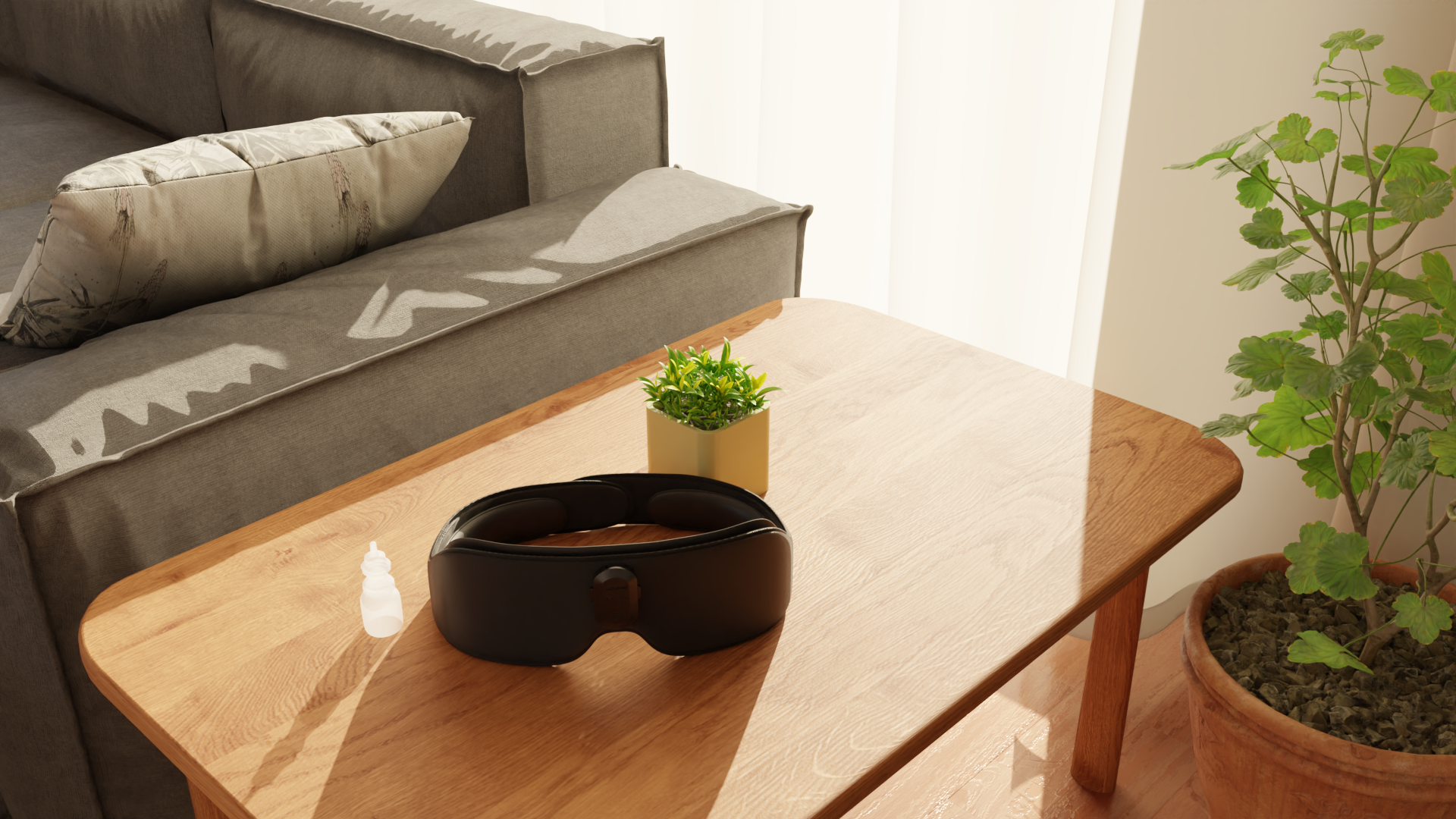
Can Eye Masks Relieve Your Dry Eye Problem?
January 15, 2024
Read more >
-
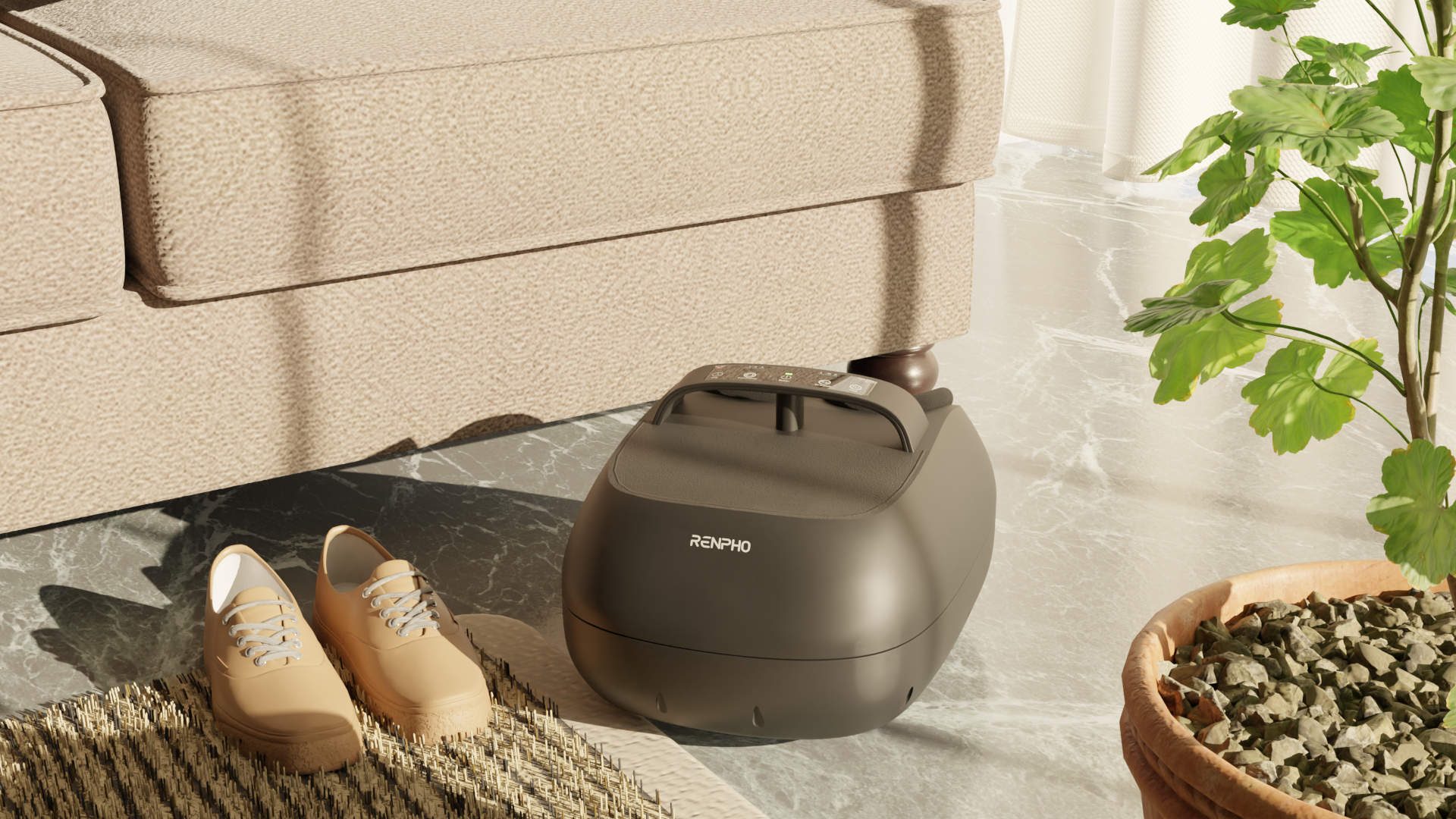
Unlocking Relaxation: Exploring Foot Reflexology Techniques for Stress Relief
January 17, 2024
Read more >
-
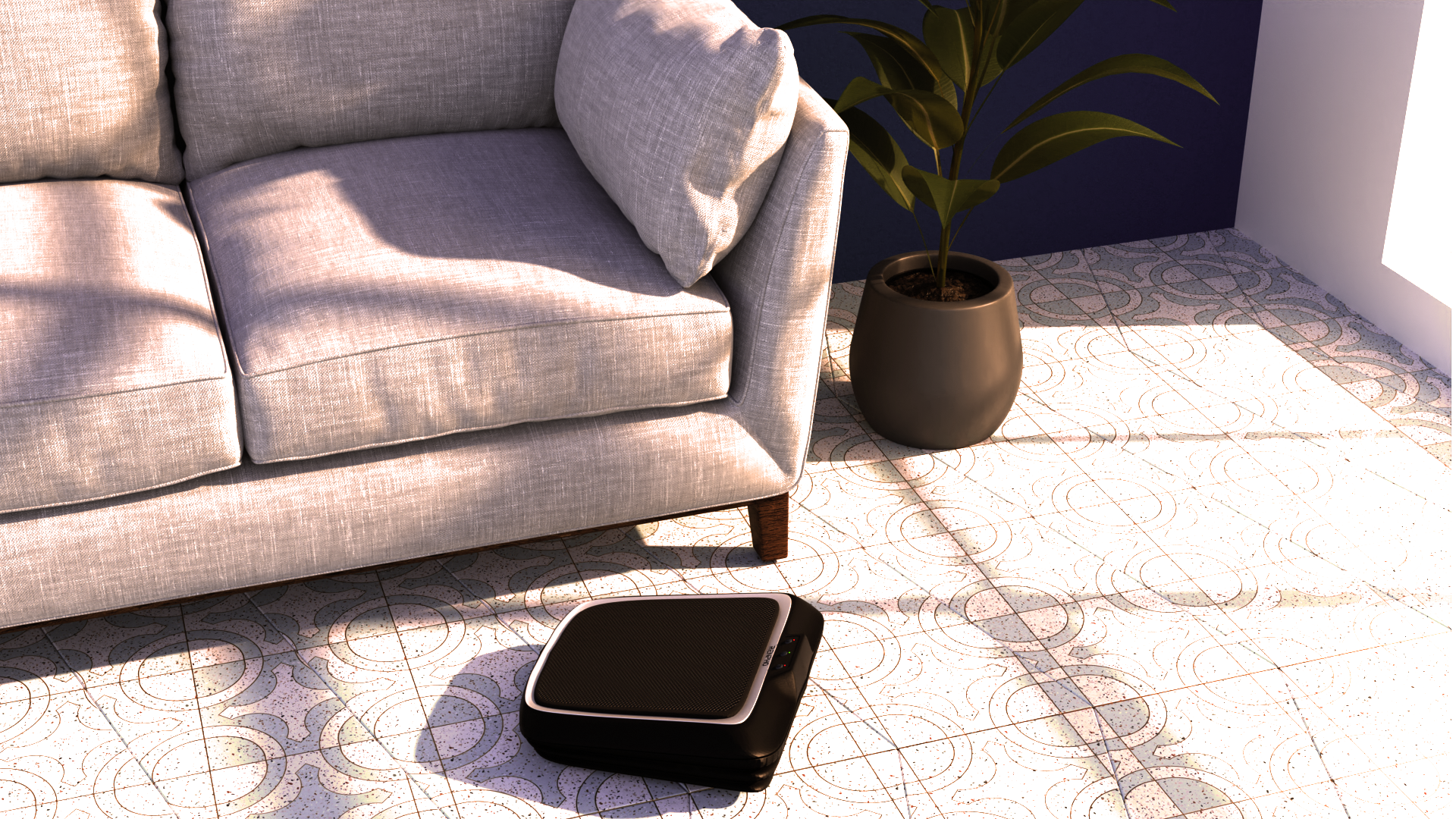
Foot Reflexology & Acupressure Techniques for a Healthier You
January 9, 2024
Read more >
-
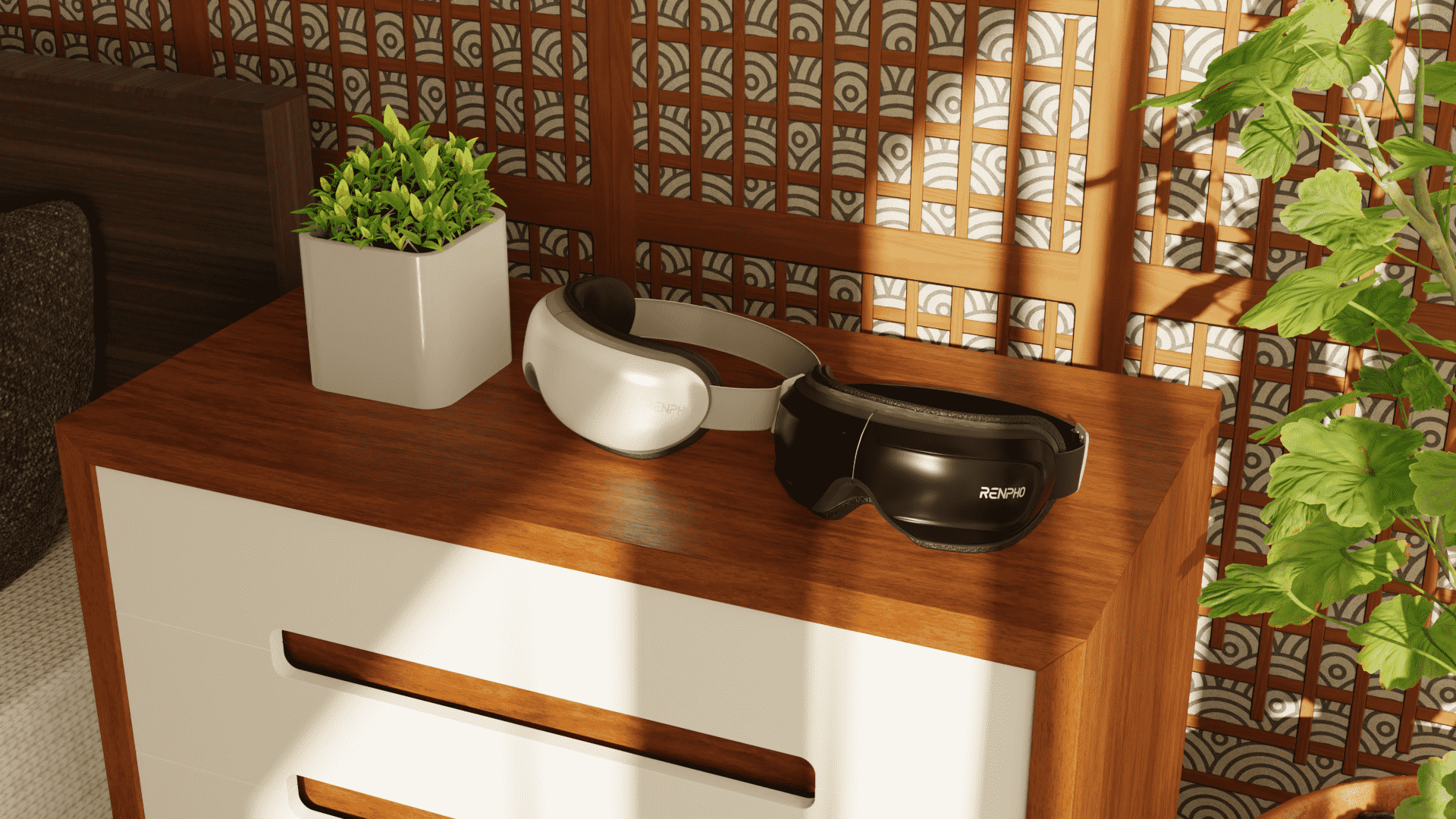
10 Ways to Banish Eye Bags Naturally At Home
January 15, 2024
Read more >
-
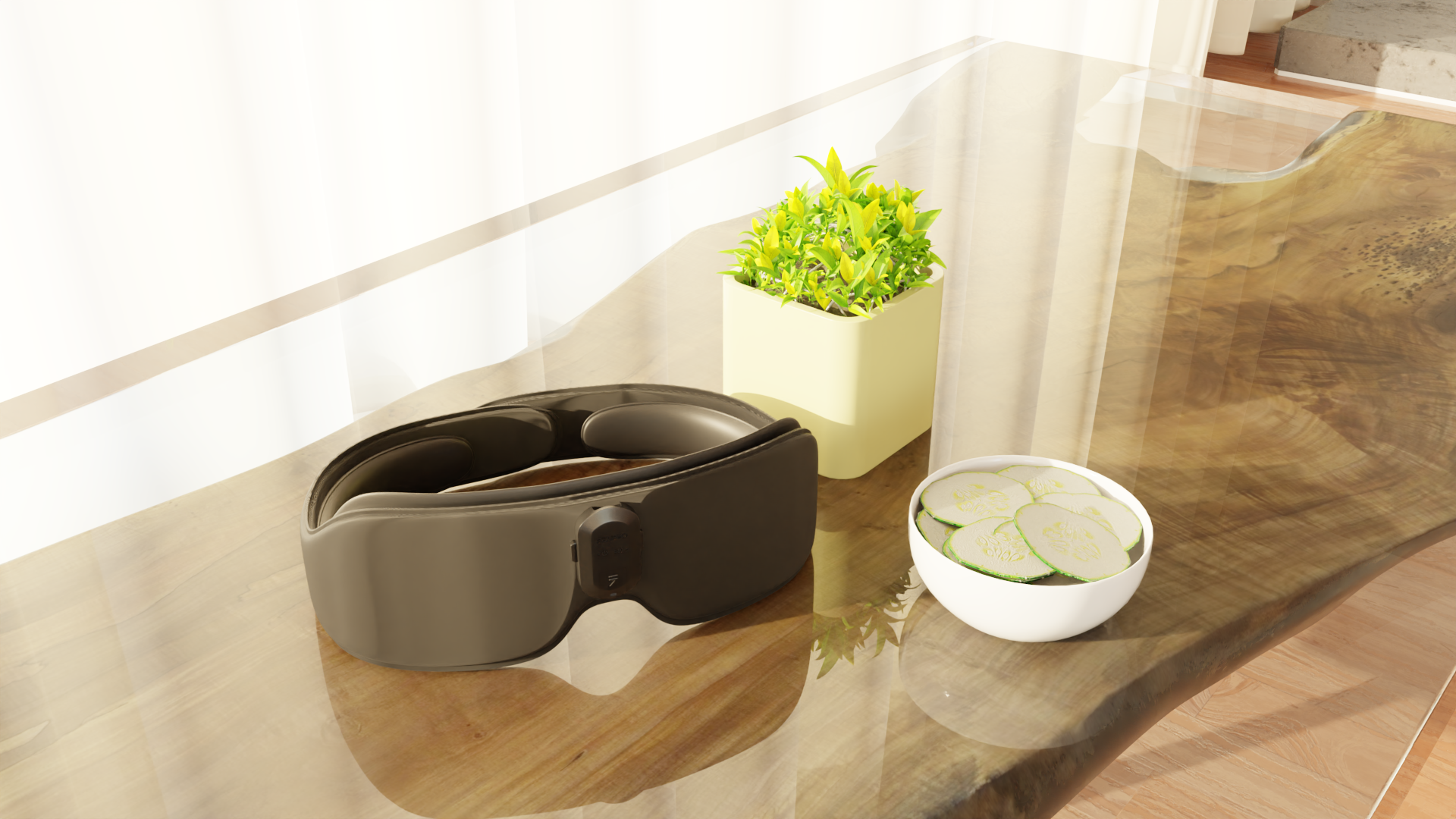
Say Goodbye to Dark Circles: How Eye Masks Can Transform Your Look
January 12, 2024
Read more >





